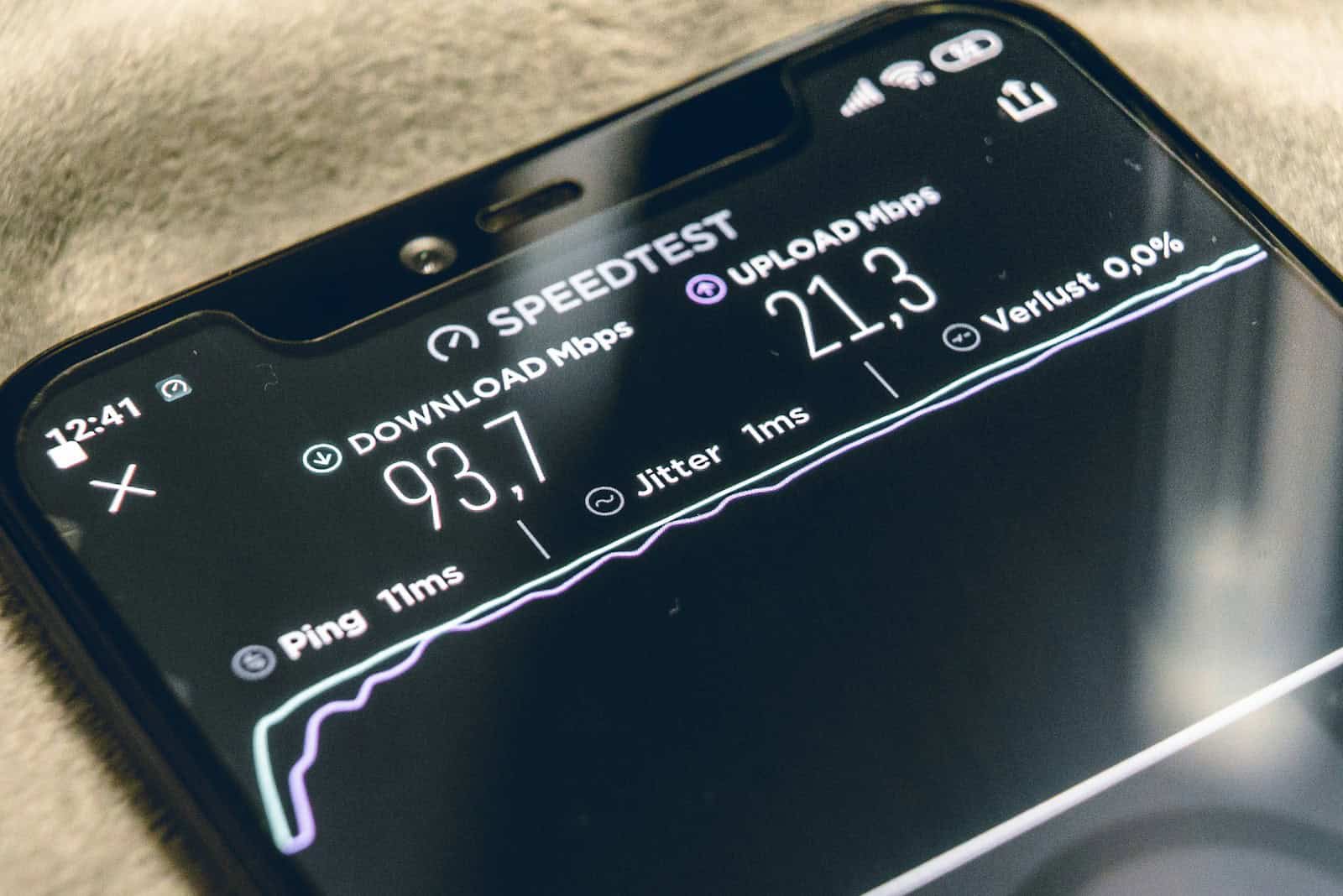Improving the wireless range of a Wi-Fi network is a common concern for many users. The range refers to the area within which devices can connect to the router and access the internet. Factors such as router placement, physical obstructions, and interference from other electronic devices can weaken the signal strength. As Wi-Fi has become essential in homes and offices, optimizing the range is crucial for uninterrupted service and to ensure that all areas have wireless access.
Strengthening your Wi-Fi signal could involve adjusting both settings and changing / upgrading hardware. Moving the router to a central, open location can prevent signals from being blocked by walls or furniture. For larger areas or those with unique layouts, additional devices like Wi-Fi extenders or mesh network systems can help to amplify and distribute the signal more evenly. Choosing the right solution depends on the size of the network, the types of devices being connected, and the layout of the space.
Boosting Your WiFi Signal: Tips and Tricks
1. Reposition Your Router
Your router’s location plays a crucial role in its signal strength. Place it in a central spot, elevated off the floor and away from walls and obstacles. This helps the signal to spread more evenly throughout your home.
2. Upgrade Your Router
Older routers may not have the power or technology to cover large areas. Consider upgrading to a newer model with improved range and features like beamforming, which focuses the signal toward your devices.
3. Use a WiFi Extender
A WiFi extender, also known as a repeater, can amplify your existing WiFi signal and extend its reach. Place it between your router and the area with weak signal to create a stronger connection.
4. Switch to a Mesh WiFi System
Mesh WiFi systems use multiple units to create a seamless network throughout your home. They eliminate dead zones and provide consistent coverage, making them a great option for large homes or homes with thick walls.
5. Change Your WiFi Channel
If you live in a densely populated area with many WiFi networks, your router might be experiencing interference. Try changing your WiFi channel to a less crowded one in your router’s settings.
6. Update Your Router’s Firmware
Manufacturers often release firmware updates to improve performance and fix bugs. Check your router manufacturer’s website for updates and follow the instructions to install them.
7. Use a WiFi Analyzer App
These apps can help you identify areas with weak signals and find the best channel for your router. They’re available for both iOS and Android devices.
Additional Tips
- Reduce interference: Keep your router away from electronics like cordless phones and microwaves, as they can interfere with the signal.
- Check for obstructions: Thick walls, metal objects, and large furniture can block WiFi signals. Rearrange furniture or use WiFi extenders to improve coverage.
- Consider a wired connection: If you need the fastest and most reliable connection for a specific device, connect it directly to your router with an Ethernet cable.
| Method | Pros | Cons |
|---|---|---|
| Reposition router | Free, easy to do | May not be sufficient for large homes or homes with thick walls |
| Upgrade router | Improves range, features, and performance | Can be expensive |
| WiFi extender | Extends existing signal, affordable option | May reduce overall network speed |
| Mesh WiFi system | Seamless coverage, eliminates dead zones, easy to set up | More expensive than extenders |
| Change WiFi channel | Free, easy to do | May require some technical knowledge to find the best channel |
| Update firmware | Can improve performance and fix bugs | Requires regular checking for updates |
| WiFi analyzer app | Helps identify weak signal areas and find the best channel | Requires a smartphone or tablet |
Key Takeaways
- Wi-Fi range is affected by router placement and obstructions within a space.
- Simple adjustments can improve connectivity without the need for extra equipment.
- Additional devices like extenders or mesh systems can enhance wireless coverage.
Enhancing Wi-Fi Range and Connectivity
Wi-Fi range and connectivity can be greatly improved with simple adjustments and enhancements. Strategic router placement and savvy tech upgrades ensure a stable and strong signal throughout the home or office.
Optimizing Router Placement
Routers work best in a central location, away from floors and windows. Clear line of sight within the area prevents wireless dead zones. Keep the router away from metal objects and water to maintain signal strength.
Improving Router Performance
Regular firmware updates can boost router performance. Checking the router’s settings might reveal the need for bandwidth adjustments or channel changes to avoid clashing with neighboring Wi-Fi networks.
Expanding Wi-Fi Coverage
Extenders, repeaters, and mesh Wi-Fi systems help cover larger areas. Choosing the right expansion method depends on the size of the area and existing network issues.
Reducing Interference and Enhancing Signal
Devices like microwaves and cordless phones can disrupt Wi-Fi. Switching to a 5GHz band reduces interference and increases speed. A dual-band router often provides a more reliable connection.
Advanced Wi-Fi Network Management
Adjusting QoS settings helps prioritize traffic for applications like gaming or Netflix. Most modern routers offer apps for advanced settings, offering better network management.
Utilizing Technologies for Improved Range
Wi-Fi 6 and Wi-Fi 6E are the latest standards that enhance speed and reduce latency. Upgrading to modern routers supporting these technologies could vastly improve Wi-Fi range.
Device-Specific Solutions and Upgrades
Upgrade devices that are frequently used and require strong connectivity. Using Ethernet cables for stationary items leaves more Wi-Fi bandwidth for mobile devices.
Environmental Factors Affecting Wi-Fi Range
Materials like metal and brick can block Wi-Fi signals. Ensuring the router is not enclosed by these materials helps maintain a strong connection.
Considerations for Specific Environments
Special environments like office spaces may require a different approach. A mesh wifi system might work better than a standard extender, as it provides consistent coverage without switching networks.
Professional Assistance and Resources
Sometimes professional help is needed. Contacting the ISP or checking the router manufacturer’s website offers additional support and technical assistance.







